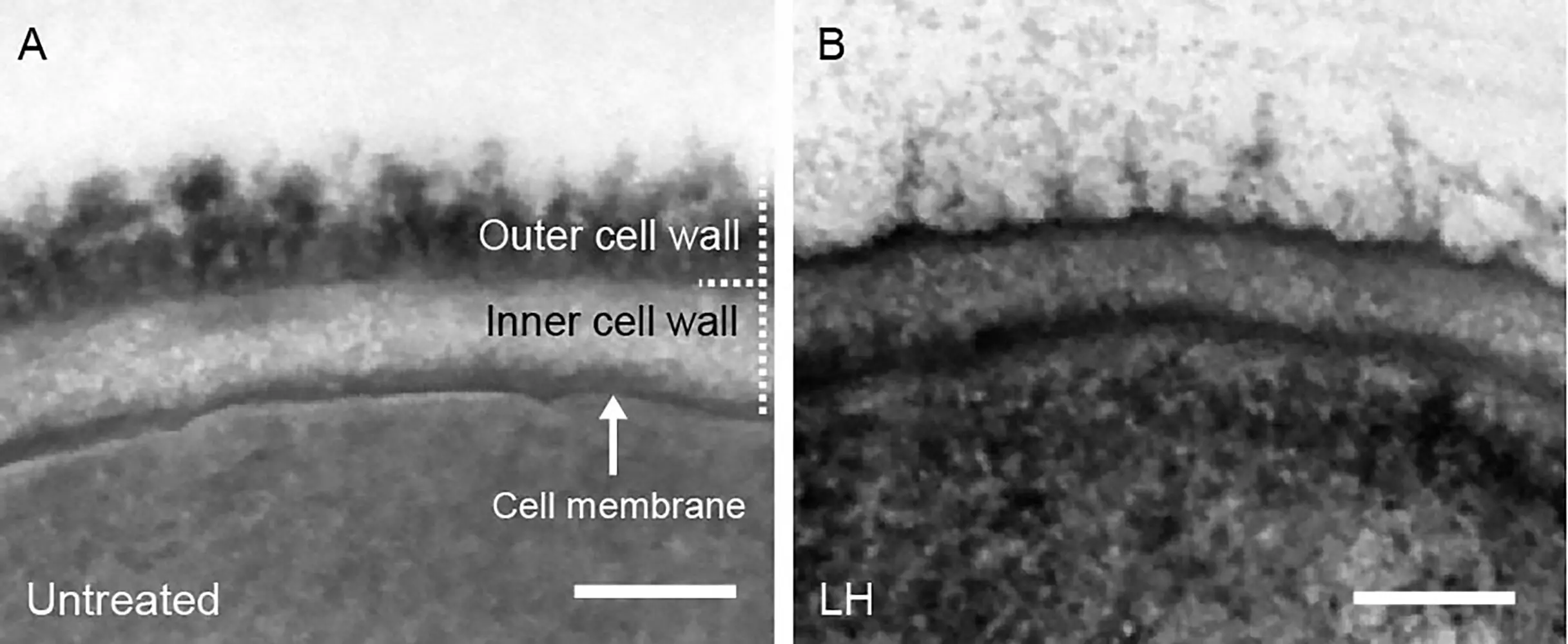In the realm of fungal infections, the need for new and effective therapies is more pressing than ever. With drug resistance on the rise and mortality rates associated with invasive fungal infections remaining high, researchers have been exploring innovative avenues to combat these pathogens. A recent breakthrough in this area comes from an interdisciplinary research team led by Dr. Sascha Brunke from the Leibniz Institute for Natural Product Research and Infection Biology–Hans Knöll Institute (Leibniz-HKI).
The journey towards the discovery of synthetic polymers with antifungal properties took an unexpected turn due to the COVID-19 pandemic. Sebastian Schäfer, a doctoral researcher and chemistry Ph.D. student, found himself stranded in Germany when Australia closed its borders. However, this twist of fate led him to collaborate with researchers at the Leibniz-HKI in Jena and delve into the world of pathogenic fungi. This collaboration between researchers from Germany and Australia proved to be incredibly fruitful, resulting in the development of synthetic polymers that demonstrated strong efficacy against Candida albicans.
One of the key findings of the study, which was published in Nature Communications, was the elucidation of the exact mode of action of the synthetic polymers. These long-chain chemical compounds, particularly the polymer LH, were found to target fungal cells through multiple mechanisms simultaneously. By disrupting glycosylation on the cell surface and damaging the walls and membranes of the fungal cells, the polymers effectively weakened and ultimately killed the pathogens. Additionally, the polymers were able to support immune cells in the destruction of fungal cells, showcasing their potential in combination therapies.
The benefits of using synthetic polymers as antifungal agents are manifold. Not only were the polymers found to be effective against both susceptible and resistant strains of Candida albicans, but they also showed promise in preventing the development of resistance. This is a significant advantage over conventional antifungals which often face challenges associated with drug resistance. Furthermore, the production of synthetic polymers is relatively inexpensive, making them a viable option for low-income countries where access to costly treatments may be limited.
While the research results are promising, there is still much work to be done before synthetic polymers can be implemented as a standard therapy for fungal infections. Further studies are needed to assess the safety and efficacy of these polymers in human models, as well as to optimize their molecular structure for maximum effectiveness. Additionally, the potential impact of these polymers on human health and the environment must be thoroughly investigated to ensure their safety and sustainability.
The discovery of synthetic polymers with potent antifungal properties represents a significant step forward in the fight against invasive fungal infections. The collaborative efforts of researchers from Germany and Australia have unearthed a promising new therapeutic option that has the potential to revolutionize the treatment of fungal diseases. While there are still challenges to overcome and questions to be answered, the current research results instill hope for a future where effective and sustainable antifungal therapies are within reach.


Leave a Reply